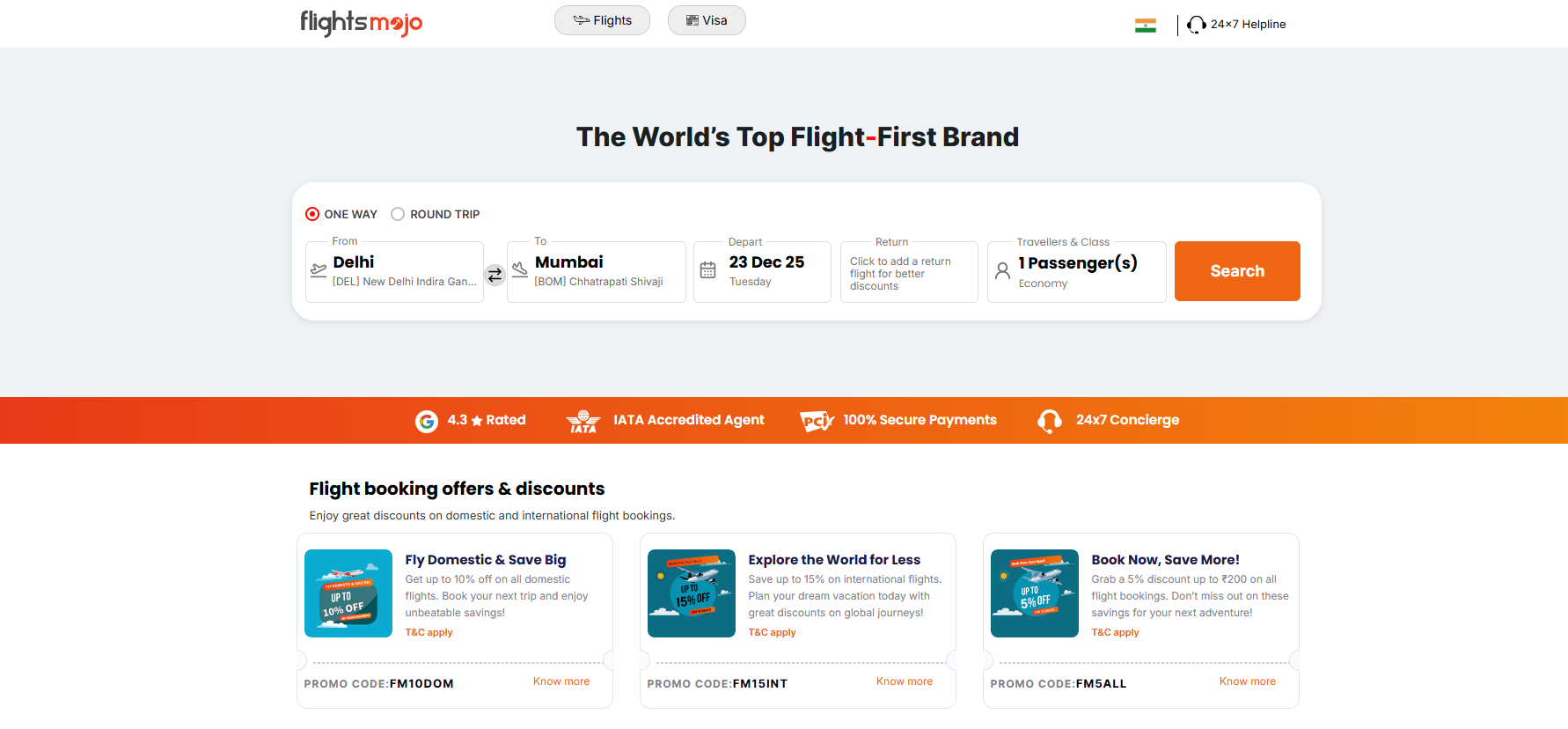Packing for a trip can be both exciting and overwhelming. The last thing you don't want is to reach the airport and realize your luggage doesn’t meet the airline’s requirements. If you’re flying with Emirates in 2025, understanding their baggage policy will save you from unexpected fees and hassles.
Emirates is known for its generous baggage allowances, but rules can vary depending on your ticket class, destination, and frequent flyer status. In this guide, we’ll walk you through everything you need to know from checked and cabin baggage limits to fees for extra weight and special items. Let’s make sure your journey starts smoothly!
Your checked baggage allowance with Emirates depends on your travel class and destination. Here’s what you need to know before packing your suitcases.
If you’re flying in Economy Class, you’ll typically get 30 kg (66 lbs) of checked baggage on most international flights. However, if you’re travelling to or from the Americas or Africa, the allowance changes to two pieces, each weighing up to 23 kg (50 lbs). This is because some airports in these regions have different handling policies.
For Business Class passengers, Emirates offers 40 kg (88 lbs) on most routes. If your flight includes the Americas or Africa, you’ll be allowed two pieces, each up to 32 kg (70 lbs). This extra weight is perfect if you’re travelling for business and need to carry additional items like suits, documents, or equipment.
First Class travellers enjoy the most generous allowance 50 kg (110 lbs) on most flights. On routes to the Americas and Africa, this translates to two pieces, each up to 32 kg (70 lbs). If you’re someone who likes to pack extra outfits or souvenirs, this allowance should give you plenty of room.
Frequent flyers with Emirates Skywards status get additional benefits. Silver members receive an extra 12 kg, Gold members get 20 kg, and Platinum members enjoy 32 kg on top of their standard allowance. If you’re a loyal Emirates traveller, this perk can make a big difference.
No one likes waiting at baggage claim, so packing smartly in your cabin baggage is key. Emirates allows all passengers, whether in Economy, Business, or First Class to bring one cabin bag plus one personal item onboard.
Your main cabin bag must not exceed 7 kg (15 lbs) and should fit within the dimensions of 55 x 38 x 20 cm. This is usually enough for a small suitcase or a spacious backpack. Your personal item can be a laptop bag, handbag, or briefcase, as long as it fits under the seat in front of you.
Business and First Class passengers get an additional perk they can bring a garment bag (up to 5 kg) along with their cabin baggage. This is especially useful if you’re travelling with formal wear that you don’t want to wrinkle in checked luggage.
Just remember, if your cabin baggage is too heavy or oversized, Emirates may ask you to check it in at the gate. To avoid this, always weigh your bags before heading to the airport.
Even with careful packing, sometimes you need to bring more than the allowed limit. Emirates charges for excess baggage, and the fees can vary depending on your route and whether you pay in advance or at the airport.
If you know you’ll need extra baggage, the best option is to pre-purchase additional weight online before your flight. This can cost anywhere between 50 to 150 per extra bag, depending on your destination. If you wait until you’re at the airport, the fees jump to 75 to 250 per bag, so planning ahead can save you money.
Another way to avoid excess fees is by distributing weight evenly if you’re travelling with multiple bags. For example, if you’re allowed two pieces of 23 kg each, but one bag weighs 25 kg and the other 21 kg, you might still be charged for the heavier bag. Balancing the weight can help you stay within limits.
If you’re travelling with sports equipment, musical instruments, or baby gear, Emirates has specific policies to accommodate these items.
Sports equipment like golf clubs, skis, or surfboards is allowed but counts toward your checked baggage allowance. If your gear exceeds the limit, you’ll need to pay excess fees. Some items, like bicycles, may require advance notice, so it’s best to check with Emirates before your flight.
Musical instruments can be carried as cabin baggage if they fit within size limits. Larger instruments may need to be checked in, and Emirates recommends using a hard case for protection.
Parents travelling with infants get a free checked allowance for strollers, car seats, and baby carriers, even if these items exceed the standard baggage limit. This makes family travel much easier.
To ensure safety, Emirates restricts certain items in both cabin and checked baggage.
In your cabin baggage, you cannot carry liquids over 100 ml, sharp objects (like knives or scissors), or flammable materials. These rules are standard across most airlines to comply with international security regulations.
In checked baggage, items like power banks, explosives, and strong magnets are prohibited. If you’re unsure whether something is allowed, check Emirates’ official website before packing.
Despite careful handling, sometimes luggage gets lost or damaged. If this happens, here’s what you should do:
Emirates usually compensates passengers for lost luggage, but having travel insurance provides extra protection, especially for valuables.
1. What is the checked baggage allowance for Economy Class?
Economy passengers get 30 kg on most routes, or two pieces of 23 kg each on flights to/from the Americas and Africa.
2. How much cabin baggage can I carry on Emirates flights?
One cabin bag up to 7 kg (55 x 38 x 20 cm) plus one personal item; Business and First Class passengers may also bring a garment bag up to 5 kg.
3. Do Emirates Skywards members get extra baggage allowance?
Yes, Silver members get +12 kg, Gold +20 kg, and Platinum +32 kg on top of their standard baggage allowance.
4. What if my baggage exceeds the free allowance?
You’ll pay excess baggage fees, which are cheaper if purchased online before the flight rather than at the airport.
5. Can I bring sports equipment or musical instruments?
Yes, sports gear counts toward checked allowance; small instruments can be cabin baggage if size permits; larger ones must be checked in.
6. Is there special baggage allowance for infants?
Yes, strollers, car seats, and baby carriers can be checked free, even if they exceed the regular baggage limits.
7. What items are prohibited in cabin and checked baggage?
Liquids over 100 ml, sharp objects, and flammables are banned in cabin baggage; power banks and explosives are prohibited in checked luggage.
8. What to do if my luggage is lost or damaged?
Report immediately at the airport baggage desk, keep your baggage tag, and file a claim within seven days.
9. Can I bring more than one carry-on bag?
Economy allows one carry-on plus one personal item; Business and First Class passengers may bring two carry-on items, including a garment bag.
10. How can I avoid excess baggage fees?
Weigh bags before travel, pack efficiently, distribute weight evenly, and buy extra allowance online in advance to save money.









